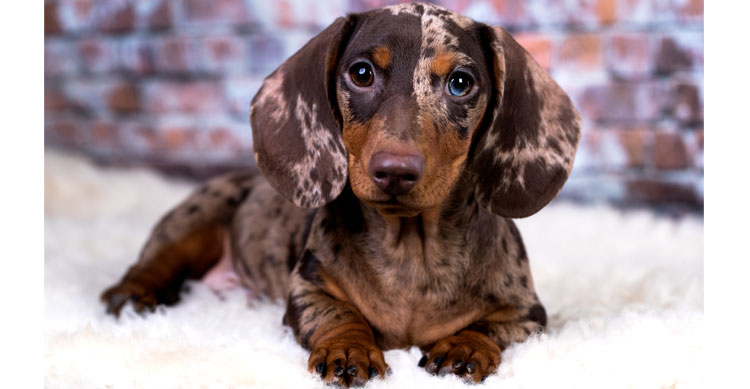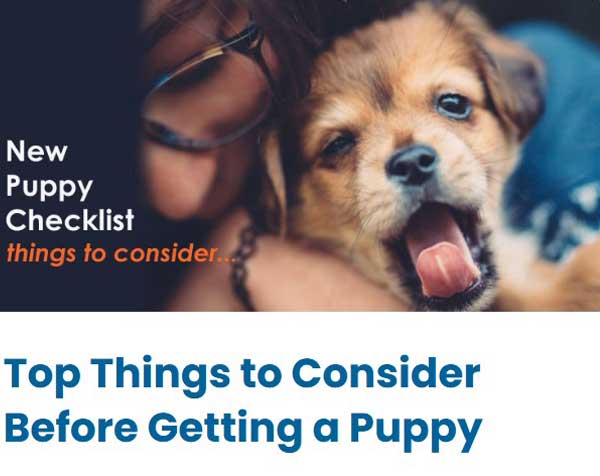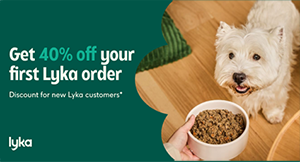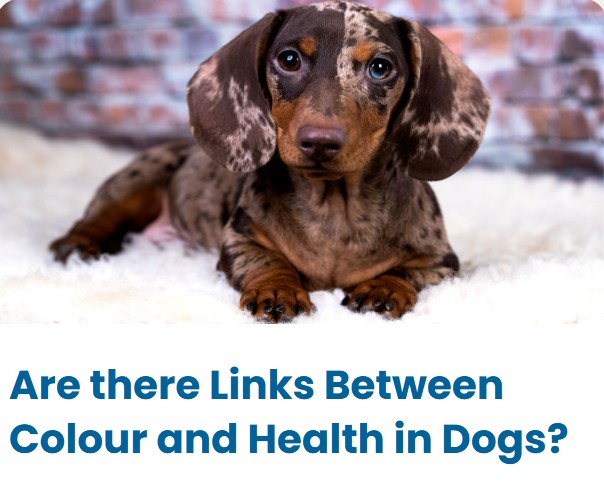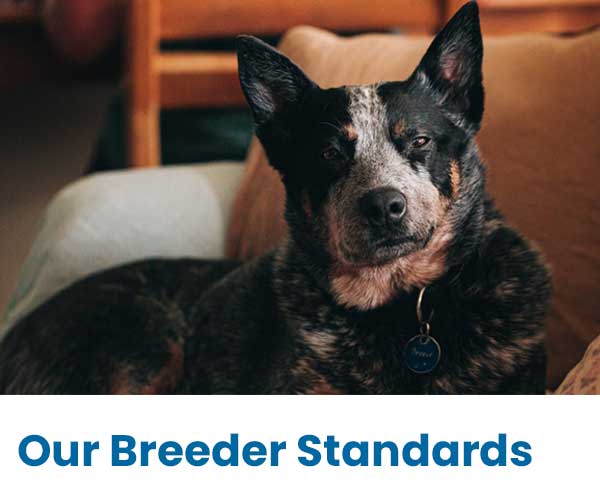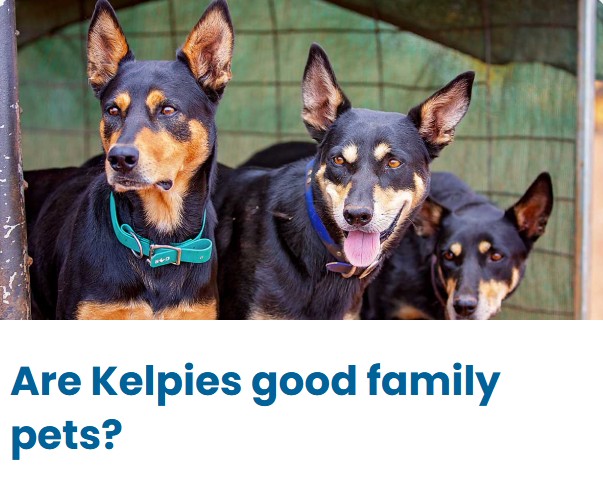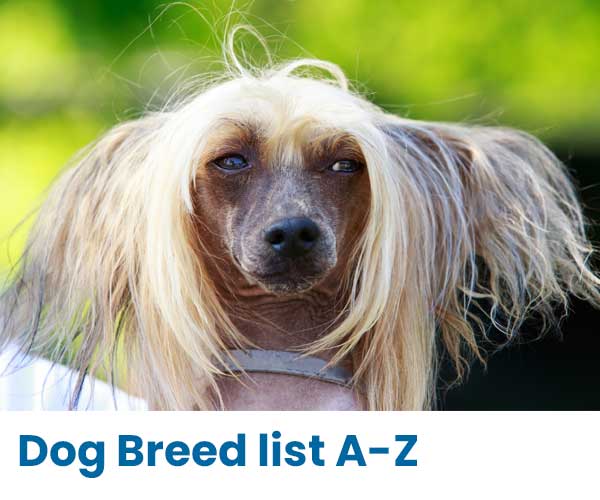Dachshund breed guide
The dachshund is a short-legged, long-bodied breed of dog that belongs to the hound family. The standard size dachshund was bred to scent, chase, and flush out badgers and other burrow-dwelling animals, while the miniature dachshund was developed to hunt smaller animals like rabbits. There are essentially six varieties of dachshunds; as well as two sizes, there are three distinct coats: smooth haired, long haired and wire haired.
Dachshund Temperament
Dachshunds are very devoted and loyal to their owners, though they can be standoffish towards strangers. Their devotion to their family make them great watchdogs. The mini smooth dachshunds are more likely to be good barkers. Dachshunds are playful and brave, and with correct guidance and training can be trained in tracking, tricks and obedience.
See links below to connect with our fully verified Dachshund Breeders below (search by state), or by suburb/city to find dachshund breeders near you.
The Ideal Dachshund Owner
Dachshunds may not be the best pets for families with small children although in the right environment, where a pup is socialised appropriately, dachshunds and well behaved children usually get along fine. Raised correctly, dachshunds are very tolerant and loyal to children within their family. Like many breeds, where there's teasing, high pitched voices, and quick movements, dachshunds may react to an unfamiliar child.
Separation anxiety is not a trait of the breed, but like most dogs, inconsistent time with family - eg. taking a month off to settle puppies in, and then going back to work full time and leaving them alone, is not good for dachshunds - or any breed for that matter.
Training and Socialisation
Training a dachshund can be challenging due to their stubborn nature although they generally respond well to training. In 'the intelligence of dogs' they are rated as an average working dog with a persistent ability to follow trained commands 50% of the time or more.
Like most scent hounds, dachshunds have little road sense so it is recommended that they are kept on a lead when away from home.
Dachshunds do not often enjoy the company of other dogs.
How Much Space and Exercise Does a Dachshund Need?
Dachshunds don't need a lot of space and make ideal apartment dogs as long as they are not left alone too long.
In the garden, the dachshund's powerful front paws make them great diggers so they require secure fencing right to or below ground level. Dachshunds will eat almost anything so care should be taken to eliminate any toxic plants from the garden or house. Their hunting instincts also makes them susceptible to snakes and cane toads in areas where they exist.
Dachshunds thrive on exercise and need a daily walk.
Grooming Needs
The hair between the toes of long haired dachshunds needs to be kept short. Failure to do this may make it difficult for the dog to maintain grip on smooth surfaces, increasing the chance of injury.
Fun facts about Dachshunds
Dachshunds have very powerful jaws so never give them squeaky rubber toys to chew. Dachshunds will devour any soft or squeaky toy in record time.
The first dachshund races were held in Australia in the 1970s.
Acknowledgements
Special thanks to the National Dachshund Council of Australia for help with our Dachshund breed information.
Potential Health Issues in Dachshunds
The two main health concerns for Dachshunds are Intervertebral Disk Disease (IVDD), Progressive Retinal Atrophy (PRA), and Sarcoglycan Deficient Muscular Dystrophy (SDMD).
IVDD
IVDD is the most significant health issue for Dachshunds, with as many as 1 in 4 suffering from a disc-related problem in their lifetime. Intervertebral discs can degenerate, bulging outward, and can sometimes burst or rupture. When a disc is compromised, the fluid inside can escape into the spinal column, pressing against the spinal cord or nerves, which causes pain, nerve damage, and sometimes paralysis. Problems can occur anywhere from the neck to the back legs.
The incidence of IVDD is increasing as Dachshunds become more popular. Unfortunately, there is no known DNA marker, no test for IVDD, and no cure. Currently the only way to reduce the incidence of IVDD is X-Ray screening and scoring on dachshunds between 2 and 4 years of age. This screening aims to reduce the occurrence of herniations, by encouraging breeding with dogs that have low numbers of calcifications. This will reduce the occurrence of IVDD and assist with ethical breeding programs. Back scoring is common practice in several Scandinavian countries, and encouraged in the UK where it is subsidised by the breed council. The Dachshund Standard has also been modified in the UK to encourage breeders to breed dogs with a shorter back. In Australia, there are advocates for screening and some standard dachshund breeders are back scoring prior to breeding. Results are available online here. For more information see Danish screening program against IVDD, Dachshund IVDD UK , Dachshund IVDD Support Australia.
If your dachshund is struggling to walk or paralysed - this is an emergency.
Unfortunately, the first time many dachshund owners hear of IVDD is when their dog is struggling to walk, has a pronounced hunch or is paralysed. This is associated with crippling pain and you must keep your dog as still as possible by restricting all movement. Crate if possible, or use a playpen, bassinet or other small space/restricted area. Use blankets to keep your dog comfortable, and seek attention from your vet immediately. Do not delay or defer to another day or more convenient time. The sooner there is veterinary and surgical intervention the better the outcome. Veterinary attention within the first 24 hours of becoming paralysed gives a higher chance of regaining the ability to walk. Delaying treatment, however, is likely to increase your dog's chance of a disc rupture and even permanent paralysis.
PRA
PRA is a retinal degeneration that occurs in many breeds. The disease causes loss of vision, often leads to blindness, and there is no cure. PRA has been diagnosed in all varieties of Dachshunds but occurs mostly in the miniature dachshunds, and the mini long-haired variety. A DNA test has been developed that identifies three important factors to eliminate this disease.
Affected - dogs that have no clinical symptoms but will likely develop the PRA.
Carriers - dogs that have the mutation of the gene, will never develop the disease, but would pass the gene on to 50% their offspring.
Clear - these dogs do not carry the mutation, will never develop PRA, and will not pass it on.
Thus, breeders now have information to guide their decisions as responsible custodians of the breed.
Sarcoglycan Deficient Muscular Dystrophy (SDMD) is an inherited disorder that leads to progressive muscle dysfunction. The disease is mainly seen in miniature smooth dachshunds and occasionally in miniature long hair dachshunds. There is currently no cure for SDMD so focus turns to managing the dog's clinical symptoms, such as providing ongoing pain medication. It's important to note that dachshunds affected by SDMD are highly susceptible to disc herniation (IVDD) due to muscle wastage and weakness. Other secondary conditions may include pneumonia due to difficulty in swallowing. *SDMD is also known or referred to as SGCD, SGCD, and Limb Girdle Muscular Dystrophy (LGMD).
A DNA test became available in 2019. It can identify the presence of a mutation that is autosomal recessive, meaning that both parents must be carriers in order to produce affected offspring. The test is able to identify dogs as clear, carrier, or affected.
Pet lovers making enquiries should ask for the DNA test results of the puppies' parents. It is important to ensure that at least ONE (1) parent is DNA tested CLEAR to avoid acquiring an AFFECTED dachshund puppy. CARRIERS do NOT present illness.
How does this affect the puppy buyer? Can you safely buy a mini long-hair or mini smooth puppy as a pet? The answer is yes, but ensure that the breeder has carried out appropriate tests and ask for copies of the tests. If necessary, seek help interpreting the tests. It is crucial that pet owners do not breed from a dog that is a PRA or SDMD Carrier, PRA or SDMD Affected. Dogs can carry the gene without showing any evidence of the disease so haphazard breeding without testing is reckless and irresponsible.
Pes Varus
Pes Varus, also referred to as Angular Hock Deformity and Bow Legged Syndrome, is a deformity of the rear leg, or both legs, that gives a dog the appearance of being bowlegged. It occurs when the outside growth plates of the tibia grow at a faster rate than the inside. In a healthy pup that is growing normally the growth plates close between 8 and 12 months of age. In a pup that has Pes Varus one side will begin to close at 4 to 6 months of age. The condition ranges from mild to severe depending on when the growth plates close. The earlier the first growth plate closes the more severe the condition will be.
It is believed that both sire and dam must be carriers of Pes Varus for it to present in the offspring. Unfortunately, there is no genetic test available to determine whether a dog carries the gene. Responsible breeders will follow the progress of puppies at least until they are past the age that Pes Varus might occur.
Pes Varus occurs in Dachshunds worldwide, in all three coat varieties, and in both Miniature and Standard Dachshunds. Cases have been reported in Dachshunds from Japan, Australia, USA, Finland, and the Czech Republic.
Other health conditions that may affect Dachshunds include:
- Lafora's Disease: an inherited form of epilepsy that affects miniature wire-haired dachshunds in particular. This is now practically eliminated in Australia.
- Von Willebrand's Disease (VWD): a mild to moderate bleeding disorder. While many dogs with this disease will never have a severe bleeding episode, they can, and there are reports of fatalities associated with VWD and surgical procedures.
- Cushings Disease: causes increased drinking and urination, increased appetite, panting, high blood pressure, hair loss, pendulous abdomen, thinning of the skin, calcified lumps in the skin, susceptibility to skin infections and diabetes, weakening of the heart and skeletal muscles, and nervous system disease. Cushings disease usually affects older dogs, and can occur either naturally, or due to over administration of corticosteroids such as prednisone. The latter is easy to cure - just cut out the medication slowly to allow a return to normal function. Naturally occurring Cushings is more difficult to manage and guidance from a veterinarian is recommended.
- Blindness and deafness: double dapple coloured dachshunds (which have varying amounts of white all over the body as well as the dapple pattern) occur when two dapples are bred together. These dogs can have very significant health issues, including blindness and deafness. Other susceptible colours include pied, tricolour, isabella and blue.
A Double Dapple Dachshund pup. For more information about double dapples see this article - Are there links between colour and health in dogs.
Photo Credits
Many thanks for the gorgeous photos - Taylah Jay de-Peters for pics of Luna. And Magdelena Tyrrell for our main photo, and others of Penny and Polly.
See links below to connect with Dachshund Breeders below by state, or search by suburb/city to find dachshund breeders near you.
- Dachshund breeders Sydney, New South Wales, NSW
- Dachshund breeders Melbourne, Victoria, VIC
- Dachshund breeders Brisbane, Queensland, QLD
- Dachshund breeders Adelaide, South Australia, SA
- Dachshund breeders Perth, Western Australia, WA
- Dachshund breeders Darwin, Northern Territory, NT
- Dachshund breeders Canberra, ACT
- Dachshund breeders Hobart, Tasmania, TAS
- Dachshund breeders Gold Coast, Queensland, QLD
- Dachshund breeders Townsville, Queensland, QLD
If you are a small scale ANKC registered breeder and would like to be listed here, just contact us or follow a few simple steps to add your details yourself.
We welcome helpful comments and contributions to information about this breed by email
View Dachshund breeders


